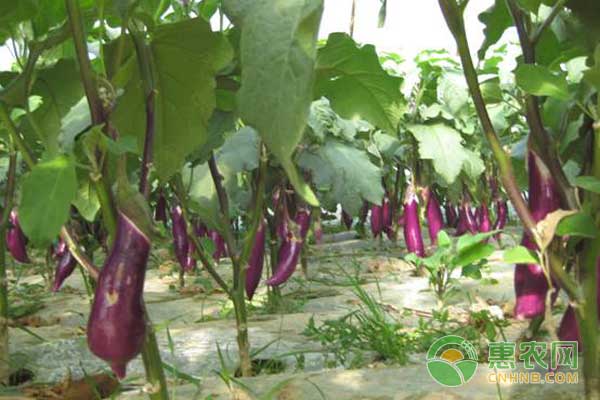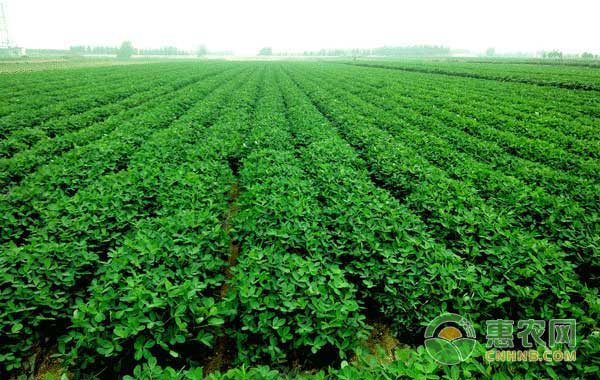Experienced growers know that long-term planting of single crops in the same land is prone to continuous cropping obstacles, resulting in increased pests and diseases, low yield, and severe soil degradation, greatly reducing the economic benefits of growers. Rotation can solve all the above problems. So what is the advantage of the rotation? Benefits of crop rotation 1. Control disease, insect pests and grass damage Many diseases of crops such as tobacco black shank, broad bean root rot, sugar beet brown spot, watermelon vine disease, etc. are all infested by soil. If the susceptible host crops are rotated with non-host crops, the amount of the bacteria in the soil can be eliminated or reduced, and the disease can be alleviated. Reasonable rotation is also an important way to comprehensively control weeds. Because of different agricultural measures used in different crop cultivation processes, it has different inhibition and control effects on weeds in the field. 2. Balance the use of soil nutrients The amount and proportion of various nutrients absorbed by various crops varies from soil to soil. For example, cereal crops absorb more nitrogen and silicon, but less calcium. Legumes absorb large amounts of calcium, while the amount of silicon absorbed is extremely small. Therefore, the rotation of the two types of crops can ensure the balanced use of soil nutrients and avoid one-sided consumption. 3. Adjust soil fertility Cereal crops and perennial grasses have large root groups that can loosen soil and improve soil structure; green manure crops and oil crops can directly increase soil organic matter sources. Water-and-dry rotation can change the ecological environment of the soil, which is conducive to soil aeration and organic matter decomposition, eliminates toxic substances in the soil, prevents secondary germination of the soil, and promotes the reproduction of beneficial microorganisms in the soil. Common rotation patterns include cereal crop rotation, Hedou rotation, grain and economic crop rotation, water and drought rotation, grass rotation, etc. A reasonable rotation model can effectively improve economic and ecological benefits. Next, I will introduce you to several rotation modes: 1. Bacterial rice rotation mode The high-quality and high-efficiency production mode of rice mushroom rotation is a planting mode in which rice is planted on rice fields after planting a season of rice, and then the mushroom sticks are used as fertilizer to return rice. Advantages: less investment, less cost, less pests and diseases, lower labor intensity, good efficiency and quick results. Moreover, edible fungi have become an emerging industry in the field of planting in recent years, with large demand and high selling price, and have become one of the important pillars of efficient agriculture. 2, melon rotation mode In the first half of the year, watermelons were planted, and in the second half of the year, vegetables such as peas, lettuce, cabbage, tomatoes, and peppers were grown. Advantages: Under the traditional mode, if a piece of land is planted with watermelon for two consecutive years, the second year of melon is easy to be infected with blight, stem blight, etc., leading to dead seedlings, reduced yield, and even no harvest. Therefore, watermelon planting often requires a place to change one year, which is what we often call "the three-year break for three years." The rotation of melons and vegetables improves the sweetness of watermelons, and also increases the yield of vegetables. Farmers can receive an additional 3,000-4,000 yuan per mu. 3, corn soybean mode Corn and soybean are the most ideal partners. Planting cereal crops absorbs more nitrogen and silicon, but less calcium. Legumes absorb a lot of calcium, and the amount of silicon absorbed is very small. Advantages: Corn and soybean rotation can ensure the balanced use of soil nutrients and avoid one-sided consumption. And the benefits of growing corn and growing soybeans are comparable, corn prices are falling, and soybeans can be used to make up for losses. 4, rice saffron pattern Saffron is a precious medicinal material. It has a large market demand and high price. It is a good project for farmers to grow. Advantages: Planting saffron has high requirements on soil, and there are many pathogens in dry land; when planted in rice fields, there are fewer pathogens, which can reduce the occurrence of diseases. And the saffron planting time is at the end of November, and the second year of May is dug up, which is just right for planting rice. Now a saffron can be sold for about 100 yuan, and an acre of saffron can be sold for several tens of thousands. 5, lotus root shrimp farming mode Lettuce lettuce or celery, lotus root and other vegetables in ponds that cultivate South American white shrimp. Advantages: The price of shrimp in the market has not been low. The pond can produce one mu of South American white shrimp can produce 15,000 yuan; the price of lettuce in the market is not low, 1 kilogram can sell about 5 yuan, and an acre can also sell nearly 30,000 yuan. yuan. This rotation mode is several times larger than a single culture, and it can also reduce the amount of medicine and fertilizer used in the breeding process, resulting in higher economic benefits. Vegetable rotation method and precautions 1. Sort vegetables according to biological characteristics and farming systems, such as melons, cabbages, solanaceous fruits, root vegetables, beans, etc., and choose different types of vegetables for each plant. 2. Rotation should follow the principle of improving soil structure and not infecting pests and diseases. In the rotation, the vegetables that absorb different soil nutrients and different root depths should be rotated. For example, vegetables with large amount of fertilizer and vegetables with small amount of fertilizer should be alternately planted; deep root vegetables and shallow root vegetables should be planted alternately. 3. It is also necessary to make full use of the previous inhibition of weeds and create favorable production conditions for the latter. 4, should pay attention to the different rotation period of different vegetables, such as tomatoes, peppers, broccoli, kidney beans, etc. more than 3 years, cucumber, eggplant should be 4 to 5 years apart, spinach, leeks, onions, etc. need to be more than 1 year. The above is the benefits of crop rotation, the common rotation mode and the matters needing attention in the rotation. The rotation can not only increase production, but also increase income! Zhejiang Industrial Group Co., Ltd. , https://www.xingyeseafood.com
